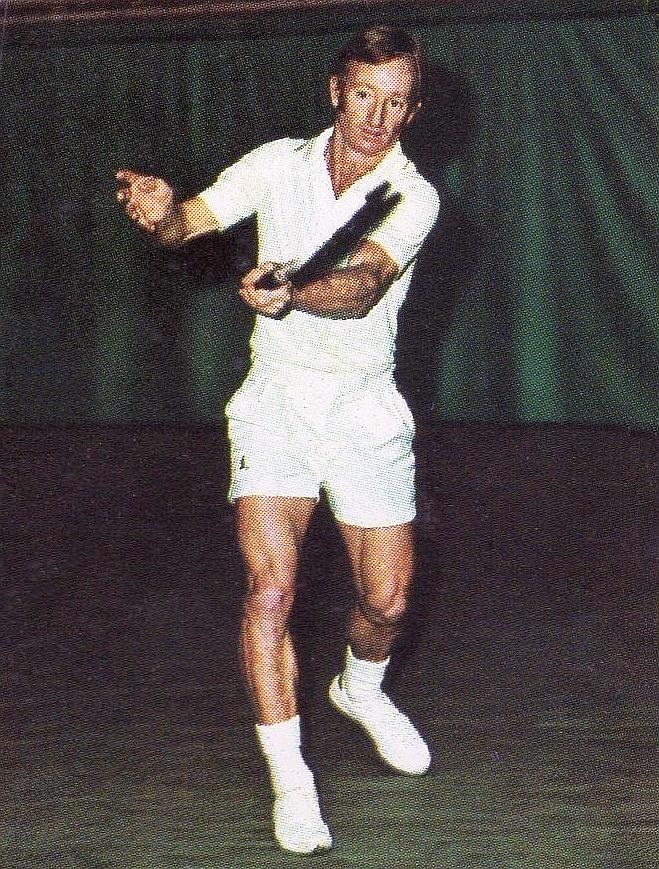The 1973 Davis Cup was down to four nations. In early August, the United States beat Chile to advance through the Americas zone. Romania held off the Soviet Union, and Czechoslovakia cruised past a suspension-addled Italian side to take the two European places in the final four. Back in May, Australia had secured its spot in the semis by defeating India.
The lads from Down Under hadn’t won the tournament since 1967. Their five years in the wilderness were the longest gap the country had suffered since the 1930s. In part, they were a victim of their own success. Aussies won 11 of 13 trophies between 1955 and 1967 on the back of such stars as Lew Hoad, Ken Rosewall, Ashley Cooper, Mal Anderson, Neale Fraser, Roy Emerson, Rod Laver, John Newcombe, and Tony Roche. Throughout the 1950s and ’60s, many of those heroes turned professional, rendering them ineligible.
While team captain Harry Hopman had a knack for finding replacements, his job got harder every year. The final twist of the knife came in 1968. The Open era began, and nearly every veteran player of note signed a contract with a professional tournament promoter. The Davis Cup, however, didn’t allow “contract” pros. While “independent” pros like Romania’s Ilie Năstase and the USA’s Arthur Ashe and Stan Smith could enter, the Australian team was gutted.
All that changed–finally–before the 1973 campaign. Anybody, regardless of their contract status, could play.
The new rule boded well for the Aussies, though it didn’t solve all of their problems. The Eastern Zone draw required that they travel to Japan in April and, as it turned out, India in May. Laver, Rosewall, and others were permitted to compete, but that didn’t make it convenient. They were committed to World Championship Tennis in the US and Europe, so Captain Fraser managed without them. A makeshift squad of Newcombe–playing a more limited tournament schedule to make a Cup campaign possible–and the 38-year-old Anderson got the job done.
Against the Czechs in the semis, and particularly against the United States in a potential final, Fraser would need a stronger side.
Rosewall was in. And on August 13th, Laver gave the captain a call. “Rod wanted to know if he’d be good enough to make the team,” Fraser said. Rocket wasn’t sure if he would be available for the November tie in Melbourne against Czechoslovakia, but he was definitely ready to suit up for the final in December.
The dream team was complete. Laver, Newcombe, and Rosewall owned 24 singles majors between them. All three were outstanding doubles players, too. Emerson, holder of 12 singles slams and another all-time great on the doubles court, didn’t even make the squad.
With Laver on board, the Australians went from underdog to shoo-in. The American side, which had held the Cup since 1968, suddenly looked shabby in comparison. Assuming they got past Năstase’s lopsided Romanian squad, they’d need Stan Smith to deliver a three-match performance of a lifetime in the final.
Captain Fraser surely liked his odds. No longer concerned about recruiting the best talent in the name of national pride, he had a new problem to solve. There were only two singles slots on a Davis Cup lineup card. In a few months time, he’d have to tell one of the best players on earth–Rosewall, Newk, or the Rocket himself–that they’d be sitting on the bench.
* * *
This post is part of my series about the 1973 season, Battles, Boycotts, and Breakouts. Keep up with the project by checking the TennisAbstract.com front page, which shows an up-to-date Table of Contents after I post each installment.
You can also subscribe to the blog to receive each new post by email:
